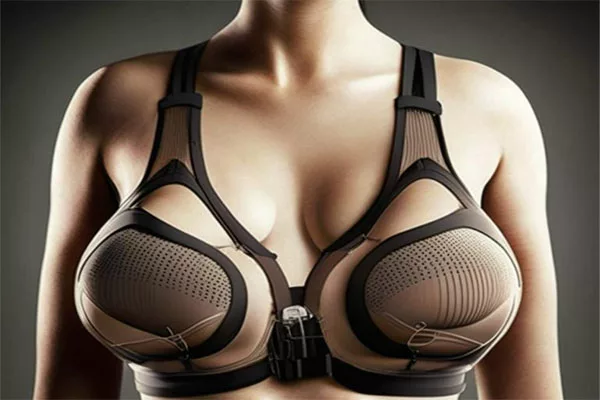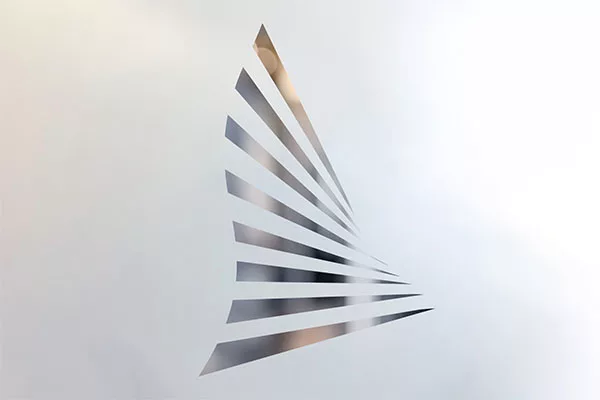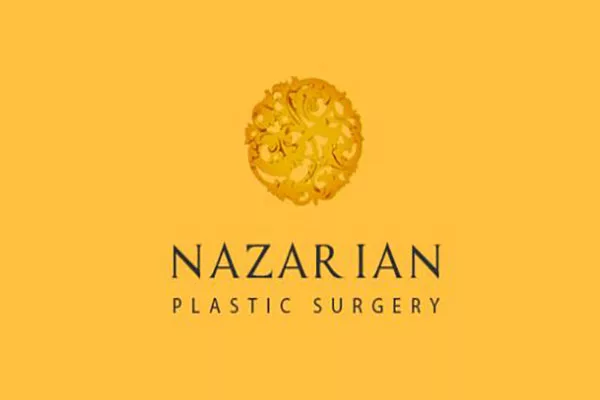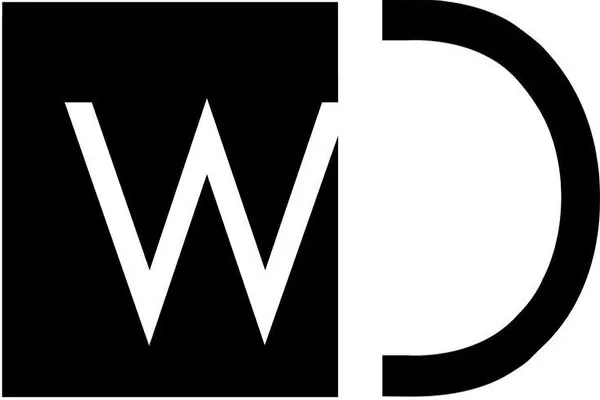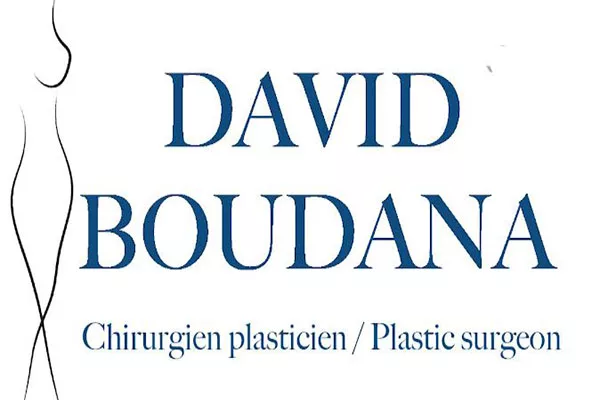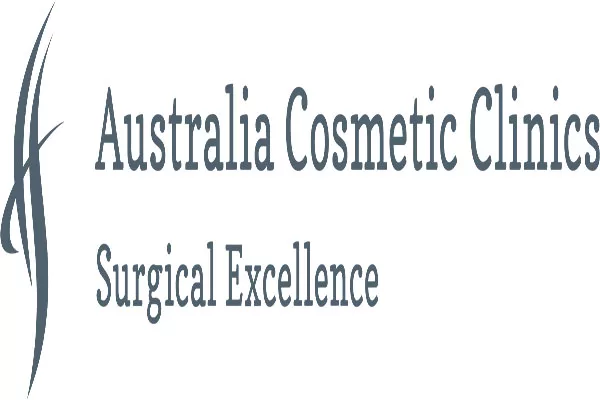Breast Augmentation
Introduction and Definition
Breast augmentation is a cosmetic surgical procedure that involves the placement of implants or fat transfer to enhance the size and shape of breasts. This procedure is also known as augmentation mammoplasty. It is one of the most commonly performed cosmetic surgeries in the world, with millions of women opting for this procedure to enhance their appearance and self-confidence. With advancements in surgical techniques and technology, breast augmentation has become a safer and more effective procedure, providing natural-looking and long-lasting results. This article aims to provide comprehensive information on breast augmentation, including the types of implants, the procedure, recovery, risks, and benefits.
Types of Breast Implants
Breast implants are available in different types, shapes, and sizes. The most common types of breast implants are:
- Saline implants: These are filled with sterile saltwater and can be adjusted to achieve the desired size.
- Silicone implants: These are filled with silicone gel and have a more natural look and feel than saline implants.
- Gummy bear implants: Also known as cohesive gel implants, these are filled with a thicker silicone gel that maintains its shape even if the implant shell is broken.
- Fat transfer: In this method, fat from other parts of the patient’s body, such as the abdomen or thighs, is harvested and injected into the breasts.
The choice of implant type depends on the patient’s anatomy, desired outcome, and surgeon’s recommendation. Each type has its own advantages and disadvantages, and patients should discuss their options with their surgeon before making a decision.
Procedure
Breast augmentation surgery is typically performed under general anesthesia and takes 1-2 hours to complete. Here is the step-by-step process:
- Anesthesia: The patient is given general anesthesia to ensure they feel no pain or discomfort during the surgery.
- Incision: The surgeon makes an incision in the predetermined location. Incision options include under the breast, around the areola, or in the armpit.
- Placement: The implants are inserted either under the breast tissue or beneath the chest muscle, depending on the patient’s anatomy and desired outcome.
- Closing the incisions: Once the implants are in place, the surgeon closes the incisions with sutures or surgical tape.
- Post-operative care: After the procedure, the patient is monitored for several hours in a recovery room to ensure there are no complications. Typically, patients can go home the same day, but may need extra assistance for the first few days of recovery.
It is important to follow the surgeon’s post-operative instructions carefully to avoid any complications and ensure proper healing.
Recovery
Recovery time for breast augmentation varies based on individual factors such as age, health, and implant type. Here is what you can expect during the post-operative period:
- Pain and discomfort: Some pain and discomfort is normal for the first few days after surgery, but can be managed with pain medication prescribed by your surgeon.
- Swelling and bruising: Swelling and bruising are common and may last for several weeks. Wearing a compression garment or bra during this time can help reduce swelling.
- Rest and activity: Rest is important during the initial recovery period. Patients are advised to take it easy for the first week, with no vigorous exercise or heavy lifting for at least 4-6 weeks. Light walking is encouraged to promote circulation and minimize the risk of blood clots.
- Follow-up appointments: Patients will need to attend several follow-up appointments with their surgeon to ensure proper healing and monitor for any complications.
- Results: The final results of breast augmentation may not be visible for 3-6 months post-surgery.
It is important to follow all post-operative instructions provided by your surgeon to ensure a smooth recovery process and optimal results.
Risks and Complications
As with any surgery, breast augmentation carries some risks and potential complications. While the majority of patients have successful outcomes, it is important to be aware of potential risks before considering the surgery. Here are some of the possible risks and complications associated with breast augmentation:
- Capsular contracture: This occurs when scar tissue forms around the implant, causing it to harden and potentially change shape.
- Infection: Infection can occur at the incision site or around the implant, causing redness, swelling, and pain.
- Implant rupture or leak: Implants can rupture or leak, leading to changes in breast shape or size and requiring additional surgery to replace the implant.
- Changes in nipple or breast sensation: Some women may experience temporary or permanent changes in nipple or breast sensation after surgery.
- Anesthesia complications: General anesthesia can carry risks, including complications related to breathing, heart function, and allergic reactions.
- Unsatisfactory results: While breast augmentation can enhance breast size and shape, the final result may not meet the patient’s expectations.
It is important to discuss potential risks and complications with your surgeon before deciding to undergo breast augmentation surgery.
Benefits of Breast Augmentation
Breast augmentation can offer a range of benefits for women who desire larger, fuller breasts. Some of the benefits of breast augmentation include:
- Increased self-confidence: Women who feel self-conscious about their breast size may experience a significant boost in self-esteem and confidence following breast augmentation.
- Improved body image: Breast augmentation can help women achieve the body proportions they desire, leading to a more positive body image.
- Better clothing fit: Women with small breasts may have difficulty finding clothing that fits properly, while larger-breasted women may find it challenging to find comfortable and supportive bras. Breast augmentation can help improve the fit of clothing and undergarments.
- Improved breast symmetry: Breast augmentation can improve asymmetry and create a more balanced appearance.
- Reversal of aging and pregnancy-related changes: Breast augmentation can help restore breast volume and shape that has been lost due to aging or pregnancy.
It is important to have realistic expectations and understand that breast augmentation is a personal decision that should be based on individual desires and needs.
Cost of Breast Augmentation
The cost of breast augmentation surgery can vary depending on several factors, such as the surgeon’s fees, anesthesia fees, and the cost of the implants. Here are some factors that can impact the total cost of breast augmentation:
- Surgeon’s fees: Surgeons charge fees based on their experience, skill level, and geographic location.
- Anesthesia fees: General anesthesia is typically needed for breast augmentation surgery and will result in additional fees.
- Implant type: Different implant types have different costs.
- Facility fees: The cost of using the surgical facility can also impact the total cost.
According to the American Society of Plastic Surgeons, the average cost of breast augmentation surgery in the United States is approximately $3,824 for surgeon fees alone. However, costs can vary widely depending on the factors listed above. It is important to consider the risks and benefits of the procedure and determine if the cost is worth it based on individual needs and desires. Some insurance companies may cover the cost of breast augmentation surgery if it is deemed medically necessary, such as in cases of breast reconstruction after mastectomy.
Questions to Ask Before Deciding on Breast Augmentation
If you are considering breast augmentation surgery, it is important to ask your surgeon the following questions before making a decision:
- Are you board-certified in plastic surgery?
- How many breast augmentation surgeries have you performed, and can I see before and after photos of your work?
- Which implant type do you recommend for my body type and desired outcome?
- What are the potential risks and complications of breast augmentation surgery?
- What is the recovery process like, and how long can I expect to be off work?
- Will I need to have the implants replaced at any point in the future, and if so, how often?
- How much will the surgery cost, and will I need to pay for any additional costs such as anesthesia, facility fees, or post-operative care?
- What are my options if I am not satisfied with the outcome of the surgery?
It is important to feel comfortable with your surgeon and have all of your questions answered before undergoing any surgical procedure, including breast augmentation.
Conclusion
Breast augmentation is a popular cosmetic surgery with the potential to significantly enhance a woman’s appearance and boost self-confidence. With advancements in surgical techniques and implant technology, breast augmentation has become safer, more effective, and more natural-looking than ever before. However, as with any surgical procedure, it is important to consider the potential risks and complications before making a decision. Patients should consult with a board-certified plastic surgeon and ask questions to ensure they make an informed decision. If you are considering breast augmentation, it is important to weigh the risks and benefits and determine if the procedure is right for you based on your individual needs and desires.
Additional Resources
If you are considering breast augmentation surgery, there are a variety of resources available to help you make an informed decision. Here are some additional resources to consider:
- American Society of Plastic Surgeons: The ASPS website offers information on breast augmentation surgery, including risks, benefits, and costs.
- The Plastic Surgery Foundation: The PSF offers information on breast implant safety, research, and patient education.
- Breast Implant Safety Alliance: The BISA is a patient advocacy group that provides information on breast implant safety and health risks.
- Your plastic surgeon: Your plastic surgeon can provide personalized information on breast augmentation surgery, including your individual risks, costs, and recovery process.
Remember to take the time to research and understand all aspects of breast augmentation before making a decision. Consulting with a qualified plastic surgeon and utilizing resources can help ensure you make an informed decision that is best for you.
References:
-
American Society of Plastic Surgeons. Breast Augmentation. (2021). https://www.plasticsurgery.org/cosmetic-procedures/breast-augmentation.
-
Plastic Surgery Foundation. (2021). https://www.thepsf.org/patient-resources/breast-implant-safety/.
-
Breast Implant Safety Alliance. (2021). https://breastimplantsafety.org/.
-
American Society of Plastic Surgeons. (2021). https://www.plasticsurgery.org/find-a-surgeon.”
Hindsight: Bigger, small or same size
Compression Bras
Anaplastic Large Cell Lymphoma: Heres what you need to know
What size should i go for?
Was I quoted too much?
Drop and Fluff
| This page is not advice and is intended to be informational only. Consult your physician before undertaking any surgical procedures. |
Most famous clinics
Marina Plastic Surgery
Dr. Grant Stevens
is the founder and Medical Director of Marina Plastic Surgery and The Institute; A Medical Spa in Marina Del Rey, California.
USA 4560 Admiralty Way Suite 256
Marina Del Rey, CA 90292
Phone : 310-494-2881
Nazarian Plastic Surgery
Dr. Sheila Nazarian
MMM is a Board Certified Plastic Surgeon and the founder of Nazarian Plastic Surgery and Spa26 in Beverly Hills.
USA 120 S. Spalding Dr. #315,
Beverly Hills, CA 90212
Phone: (310) 773-3039
Westlake Dermatology
Westlake Dermatology is a national leader in dermatology and plastic surgery. Our specialization in minimally invasive procedures.
USA 2201 Onion Creek Parkway
Austin, Texas 78747
Phone: 512-649-3376
Central Scottsdale Surgery Center
Dr. Remus Repta
Dr. Repta, our founder, is widely recognized for his exceptional skills, and the quality and artistry of his surgical work.
USA 3271 N Civic Center Plaza #105,
Scottsdale, AZ 85251
Phone:(855) 377-3782
Forest Hill Institute Of Aesthetic Plastic Surgery
Dr. David Boudana
Dr. David Boudana, a board certified plastic surgeon, is a graduate of the prestigious University of Paris Descartes.
Сanada 1188B Eglinton Avenue West
Toronto, Ontario
Phone:(416)785-7864
Australian Cosmetic Clinics
Dr. Shaz Musavi
Dr Shaz is a fully trained Cosmetic Surgeon who brings his extensive aesthetic background and professionalism.
Australia Suite 1, 448 Pacific Highway
Artarmon, NSW 2064
Phone: 1300 559 848


